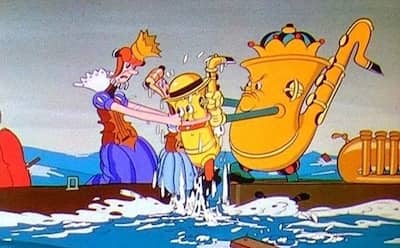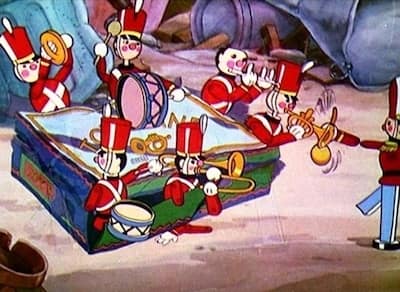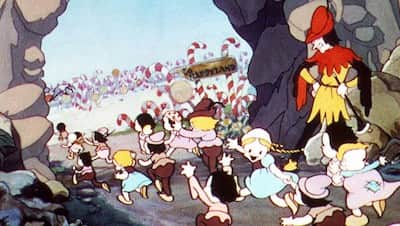Silly Symphony comprises 75 fascinating animated musical films from Walt Disney. It took almost a decade to produce, from early 1929 to 1939.

The original intention of creating Silly Symphonies was to act as artistic accompaniments to a great musical piece. For that very reason, films included a sovereign continuity.
Thus, they didn’t have to worry about continuing characters other than Mickey Mouse film shorts created by Disney around the same time period.
Some films excluded from this format include The Three Orphan Kittens, The Hare, and The Tortoise since they both had sequels.
Overall the film is outstanding, particularly due to its amazing Technicolor innovation and the multiplane motion camera.

Additionally, it was the first film to introduce characters such as Donald Duck, who made his first appearance in Silly Symphony animation in 1934 in The Wise Little Hen.
Is The Silly Symphony Award Worthy?
Yes! The Silly Symphony series hatched a deal with the popular Disney media franchise to include the Silly Symphony in their newspaper’s comic page.
It was under distribution by the King Features Syndicate. The Silly Symphony’s comeback to theatres features re-releases and many re-issues that partnered with William Hanna’s Jerry and Tom Joseph Barbera.

How Was The Silly Symphony Produced?
Silly Symphony animation acceptance in the animation industry is because of Walt Disney.
Disney used it tactically to experiment with the various techniques, characters, processes, and developing stories to enhance animation technology.
Also, the series offered a chance to experiment with special effects animations, Technicolor, and dramatic story narration during the animation.
These features eventually helped Disney develop feature-length animation.

The popularity of the series further spikes when it switches to United Artists. For instance, Walt Disney came across Dr. Herbert Kalmus’s experiments with the full-color Technicolor course, which later replaced the two-tone Technicolor course.
Disney Capitalizes On New Technology
Additionally, Disney agreed that they would give Disney studios several administrative rights to the advanced three-strip Technicolor process.
Although the agreement expired by late 1935, about 60% of the Symphony was completed. This enabled the creation of trees and flowers in full color.
The first animation film to be produced using the three-strip Technicolor process was the Flowers and Trees animation, and it found amazing success.

A year later, the Technicolor Silly Symphony series gained great fame to the extent of matching and later passing the Mickey Mouse animations. This fame reigned for five years unchallenged.
The Challenge of Production and Distribution
Disney’s cartoon production schedule eventually ran into problems, and an agreement was hatched. It included Ising and Harman taking the production of the three Silly Symphonies.
One of those animations, the name Merbabies was finally bought by Walt Disney. In 1939, Disney quit producing Silly Symphonies.
Pat Powers was the first to distribute the series in 1929, although it ended distribution one year later in 1930. Celebrity Productions was responsible for its release, although it was through Columbia Pictures indirectly.
Learn more about the history of Disney movies and Silly Symphonies on Wikipedia.